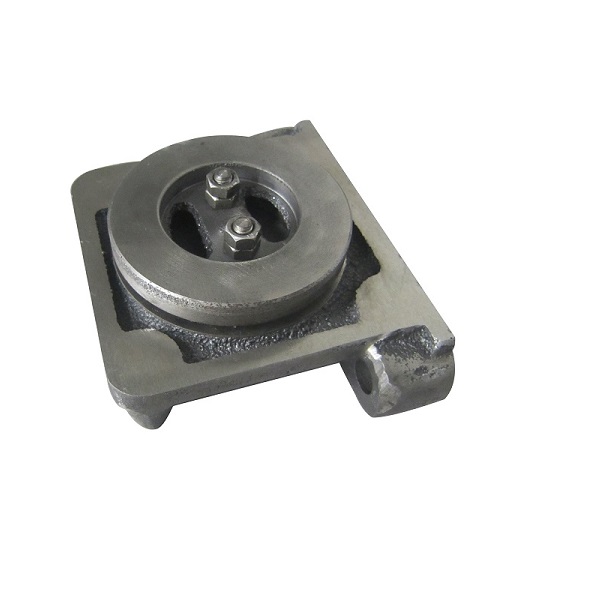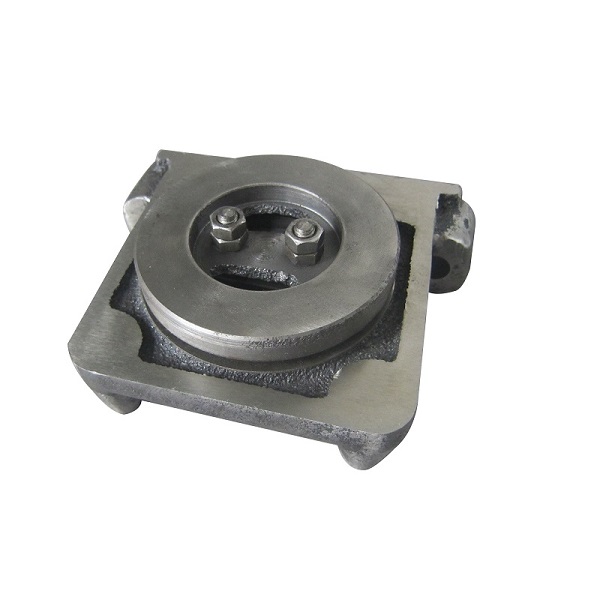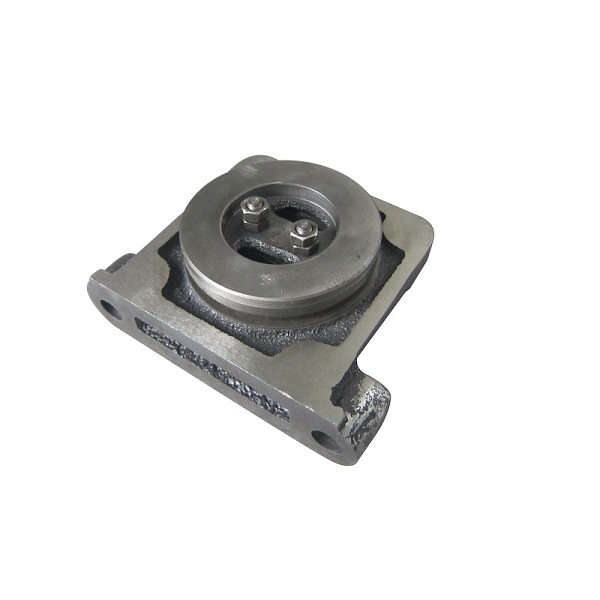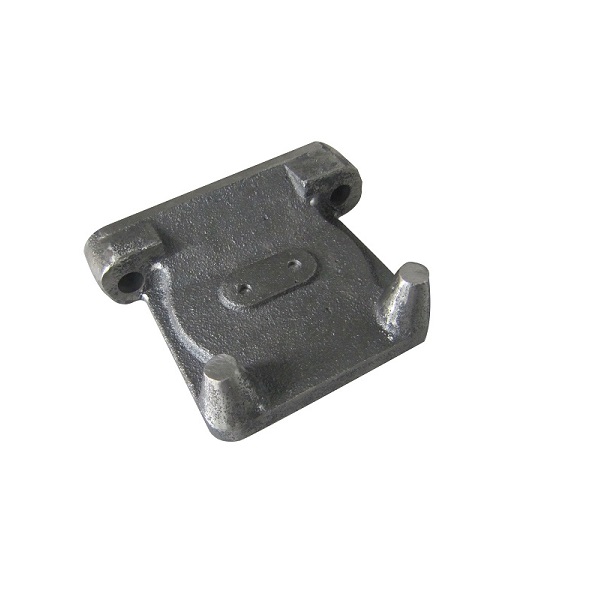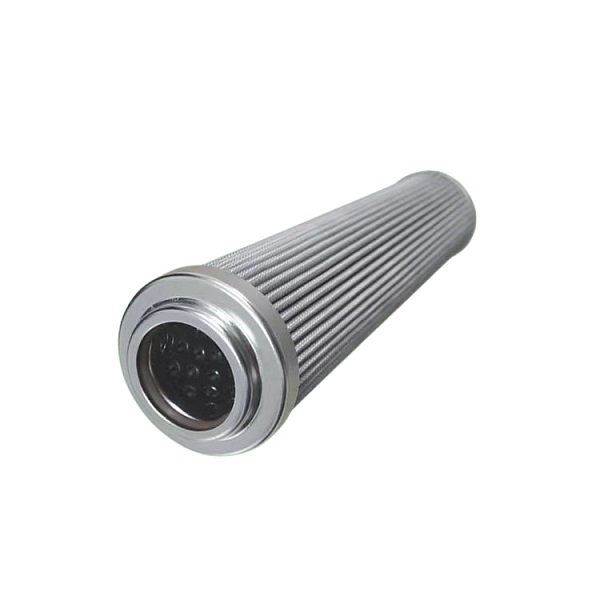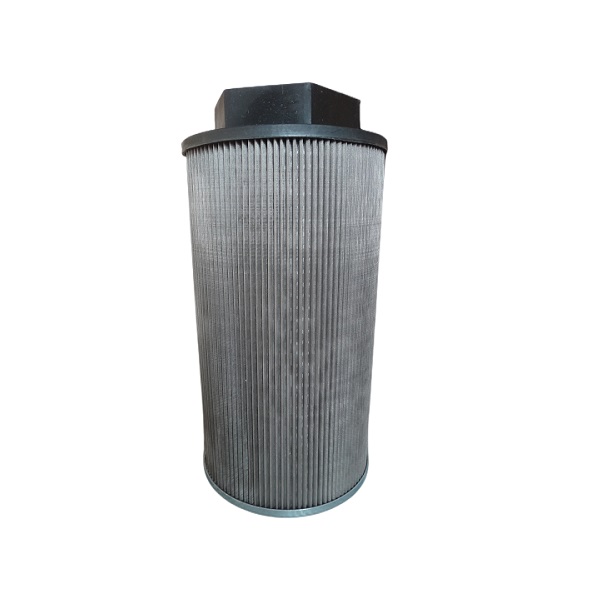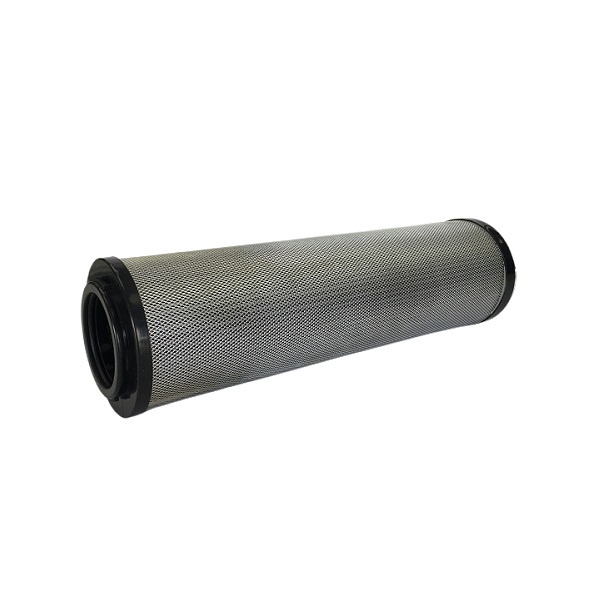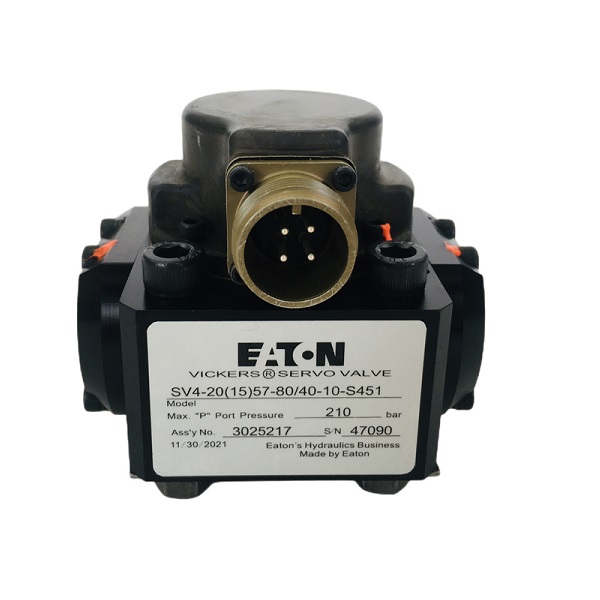The vacuum pump valve body P-1741 plays a crucial role in the vacuum pump system, mainly used to discharge excess gas in the system and ensure its normal operation. This article will provide a detailed introduction to the structure, installation precautions, and working principle of the P-1741 valve.
Firstly, the vacuum pump valve body P-1741 should be tightly connected to other exhaust parts to ensure smooth gas emissions. If the exhaust pipe is exposed to the external environment, it is necessary to add a protective cover to prevent rainwater from entering or backpressure caused by strong winds. In addition, the position of the exhaust port should be set to avoid contact between the discharged steam and electricity or sparks to ensure safety.
When installing the exhaust system, airbags should be avoided, as oil or water can accumulate and block gas emissions. The vertical pipeline above the pump exhaust section must be designed to prevent the extracted water vapor from dripping back into the pump, and the horizontal pipeline of the extraction pipeline must be appropriately inclined so that condensed steam can be discharged from the gate. Before starting the vacuum pump, the gate must be filled with water to prevent water vapor from entering the room.
It should be noted that it is prohibited to reduce the size of the exhaust pipe or install an exhaust valve; otherwise it will create backpressure on the exhaust pressure.
The working principle of vacuum pump valve body P-1741 is as follows: when the gas in the system overflows, it will gather at the peak of the system, and automatic exhaust valves are installed at the peak of the system. When gas enters the valve chamber of the automatic exhaust valve and accumulates in the upper part of the exhaust valve, the pressure increases with the increase of gas inside the valve. When the gas pressure is higher than the system pressure, the water level in the chamber will drop, and the float will decrease along the way with the water level, opening the exhaust port. After the gas is depleted, the water level rises and the buoy also rises, closing the exhaust port. Similarly, when negative pressure is generated within the system, the water level inside the valve chamber drops and the exhaust port opens. Due to the external atmospheric pressure being higher than the system pressure, the atmosphere will enter the system through the exhaust port to avoid the harm of negative pressure. Under normal circumstances, the valve cover on the exhaust valve body should be in an open state. If the valve cover is tightened, the automatic exhaust valve will stop discharging.
In summary, vacuum pump valve body P-1741 plays a crucial role in vacuum pump systems, and proper installation and maintenance are key to ensuring the normal operation of the system. During the installation process, attention should be paid to the arrangement of exhaust ports, prevention of airbag generation, and use of protective covers. Understanding and mastering the working principle of exhaust valves helps to promptly identify and solve problems in the system, ensuring the stable operation of the equipment.
Post time: Feb-19-2024


